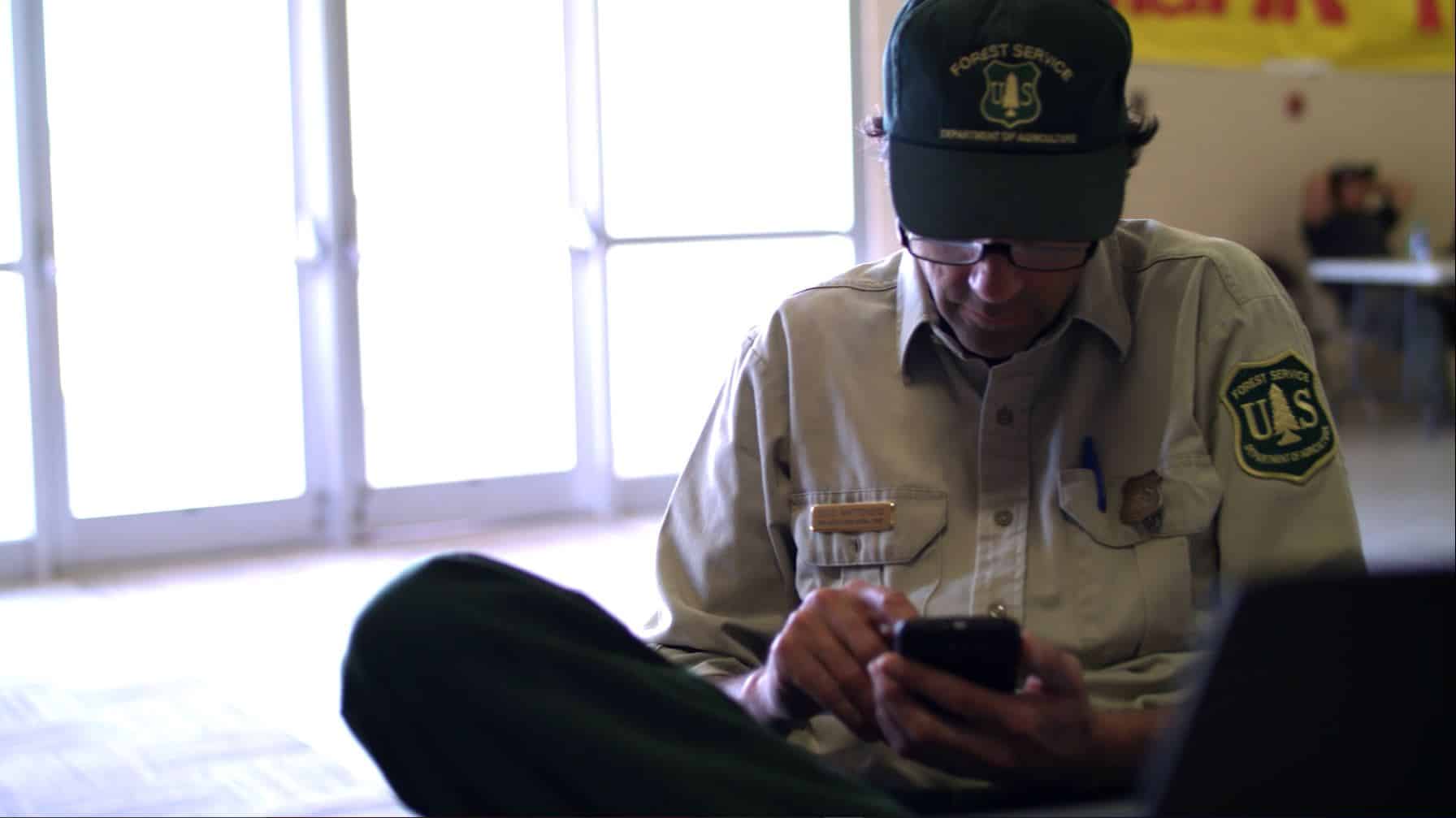Blog
Discover How Cellular Technology Helped Fight the Brian Head Fire
July 6, 2017 — by NICHOLAS JONES
SHARE ARTICLE[Sassy_Social_Share total_shares="ON"]
Our team spent some time at the base camp for the Brian Head Utah Fire talking with operations personnel, logistics personnel and firefighters about the wild fire and how they employed cutting edge technology to fight the blaze.
Because of the remote nature of the Brian Head Fire in southern Utah there are several “spike” camps scattered throughout Dixie National Forest. Each camp had to communicate with the base camp every morning for briefings covering the current state of the fire and how to fight it throughout the day.
Operations staff held a morning briefing at the base camp and used cellular signal to broadcast the briefing to the satellite camps simultaneously. They did this using a combination of cellular devices, periscope or other video streaming application and a weBoost cell phone signal booster.
This saved hours each day and left firefighters to do more important tasks like quell the blaze, cut trees, create a fire barrier and protect homes. Without this technology camp leaders had to drive a minimum of one and a half hours to base camp one way and then return to their spike camp to relay the information, wasting 3 or 4 hours daily that could be better spent fighting the fire.
In addition to speeding up the process of disseminating information cellular technology allows the firefighters and crew to communicate much more efficiently leading to higher levels of safety.
“A great majority of our serious accidents, injuries and fatalities have some relationship to communications” said Dave Vining, Operations Chief at base camp. Retaining a strong cellular communication keeps firefighters and crew safe and constantly in the know.
The Brian Head Fire has been extinguished, but burned over 70,000 acres of forest.
For media requests, contact Emily Fisher. efisher@wilsonelectronics.com
buttonbutton SHARE ARTICLE[Sassy_Social_Share total_shares="ON"]TAGS: Car and Truck
